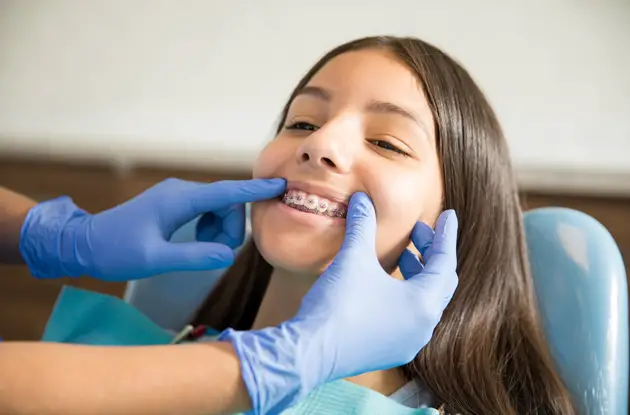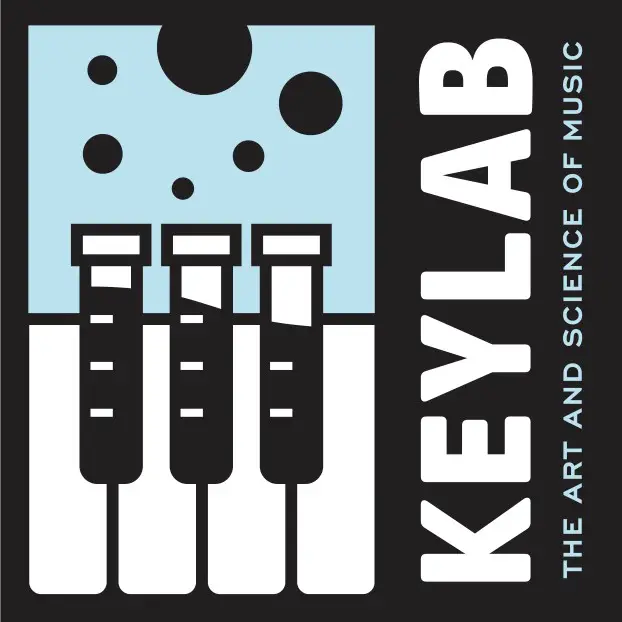
Orthodontia Basics Every Parent Should Know
What you need to know about the various orthodontic treatments—and when it’s time to see an orthodontist.

What you need to know about the various orthodontic treatments—and when it’s time to see an orthodontist.

Brooklyn, NY Come take ACTION classes or book a party at the STREB Lab for Action Mechanics (SLAM) the home of MacArthur Foundation "Genius Award" winning Action A...

Brooklyn, NY Keylab's group piano classes combine traditional music instruction with games, audiovisual presentations, recording and music technology, and plenty ...

Leif Ericson Day School celebrates its 50th anniversary as a provider of quality Christian education for children in nursery through grade 8. A blend...
.jpg)
Teaching the art of photography to the next generation. After-school workshops for kids ages 11 to 17 designed to introduce students to the digital c...